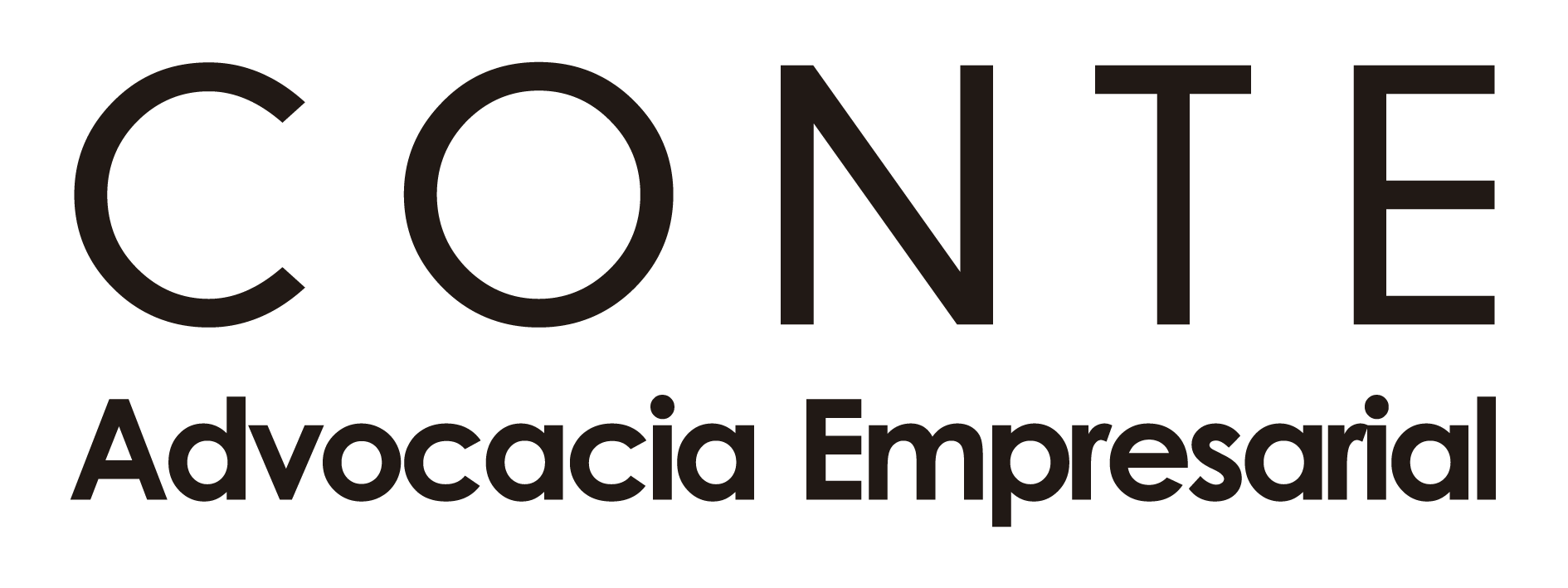Contents
- Establishing Boundaries and Consent Before the Shoot
- Techniques for Highlighting Hands and Creating Intimacy On Camera
- Post-Production Communication for Scene Approval
How Performers Collaborate on Hand Fetish Scenes
Discover the process behind hand fetish scenes. This article details performer communication, consent negotiation, and choreographing specific hand movements for production.
Hand Fetish Scene Creation Performers Working Together
Success in creating compelling manual-focused content begins with a detailed pre-production discussion. Actors must establish explicit boundaries and consent protocols before any filming. This involves a precise conversation about specific actions: what types of touch are welcome, which are off-limits, and the exact vocabulary for safe words or gestures to stop or alter the action. For instance, one participant might be comfortable with gentle stroking sydney sweeney porn on the arm but not with firm gripping of the wrist. Outlining these specifics prevents misunderstandings and ensures a safe working environment. The director’s role is to document these agreements, creating a clear reference point for everyone involved.
During the shoot, non-verbal communication is paramount for authentic portrayals of intimacy. Subtle cues, such as a slight tensing of muscles or a quickening of breath, signal a partner’s comfort level in real-time. Skilled participants are attuned to these signals, adjusting their actions accordingly. For example, a responsive partner will notice a flinch and immediately soften their touch or change their approach. This dynamic interaction, a constant feedback loop of action and reaction, is what translates into a believable and engaging on-screen connection. The focus is on mutual responsiveness rather than simply following a predetermined script.
Post-production feedback completes the collaborative cycle. After the recording, participants should have an opportunity to review the footage and discuss their experience. This debriefing session allows for reflection on what worked well and what could be improved for future projects. It is a chance to affirm that all boundaries were respected and to address any moments of discomfort. This final step solidifies trust between the creative partners and contributes to a professional standard where psychological safety is as prioritized as the artistic outcome.
Establishing Boundaries and Consent Before the Shoot
Models must explicitly define their comfort zones through a detailed pre-production questionnaire. This document should list specific actions, such as finger interlocking, palm caressing, wrist holding, and nail-related interactions. A model indicates which actions are acceptable, which require further discussion, and which are entirely off-limits. This written record serves as a formal agreement, preventing misunderstandings during the session.
A non-verbal communication system is established for use during filming. This involves agreeing on specific, discreet signals–like a double tap on a surface or a specific finger gesture–that mean “stop” or “I need a break” without disrupting the flow of the shoot. This allows participants to withdraw consent at any moment, for any reason, without needing to provide a verbal explanation on set.
The director or photographer outlines the entire sequence of actions shot-by-shot before cameras roll. For each segment, participants confirm their agreement. For example: “For the next take, we will focus on one person’s digits slowly tracing the knuckles of the other. The pressure will be light. Is everyone comfortable with this specific action?” This micro-level consent process ensures continuous and informed agreement throughout the production.
A “safe word” is mandatory for all individuals on set, including the crew. This word, chosen by the participants themselves, signals an immediate and total stop to all activity. Its use requires no justification. The protocol for its use–ceasing filming, separating the individuals, and a private check-in–is rehearsed before the shoot begins, ensuring everyone understands their role if it’s invoked.
Physical contact boundaries are mapped out precisely. This includes defining acceptable areas for touch beyond the appendages. For instance, is contact with the forearm, elbow, or shoulder permissible? The discussion covers the type of contact–static holds, light strokes, firm grips–and its duration. These specifics are added to the pre-production agreement for clarity and accountability.
Post-shoot usage rights are negotiated with absolute transparency. Participants must know exactly where and how the final material will be distributed. This includes specifying platforms, duration of use, and whether the content can be edited into compilations. Agreeing on these terms beforehand protects the participants’ digital likeness and prevents future disputes about content exploitation.
Techniques for Highlighting Hands and Creating Intimacy On Camera
Utilize a macro lens, specifically a 100mm f/2.8, to capture extreme close-ups of knuckles, cuticles, and the fine lines of the palm. This focal length allows for a tight frame without distorting the proportions of the digits. Position a key light, such as a small LED panel with a softbox, at a 45-degree angle to the appendages. This creates soft shadows that define their shape and texture. Use a negative fill–a black card or flag–on the opposite side to absorb light and deepen the shadows, adding sculptural dimensionality.
Employ focus pulling to direct the viewer’s attention. Start with a shallow depth of field, focusing on a specific detail like a ring, then smoothly rack focus to the partner’s interacting extremity. This creates a narrative flow within the shot. For lighting that enhances the feeling of closeness, use practicals like a single desk lamp with a tungsten bulb (around 3200K). This warm, directional source casts intimate, long shadows and creates a cozy, private atmosphere, distinct from flat, clinical lighting.
Direct the individuals to use contrasting motions. One person’s slow, deliberate caress can be juxtaposed with the other’s subtle, reactive finger twitch. This dynamic interplay generates visual tension and communicates a non-verbal dialogue. Shoot at a higher frame rate, like 60fps or 120fps, and then slow the footage down in post-production. This slow-motion effect elongates moments of contact and amplifies the subtlety of every micro-movement and skin-on-skin interaction.
Apply a small amount of non-greasy moisturizer or a specialized lotion just before shooting to give the skin a slight sheen. This catches the light and emphasizes contours without looking oily. Direct the talent to interact with props that have tactile surfaces–think velvet, silk, or coarse linen. The visual contrast between the skin and these materials accentuates the sensory experience. Framing should be tight, often cropping out faces entirely, to concentrate the viewer’s entire focus on the manual interaction and the emotions it conveys.
Post-Production Communication for Scene Approval
Establish a time-limited review window, typically 48-72 hours, using a secure, watermarked video-sharing platform like Frame.io or Vimeo Review. Participants must provide timestamped feedback directly on the video timeline. This method prevents ambiguous notes like “fix the middle part.” Instead, a comment at 02:14 might read: “Re-grade this shot; the lighting obscures finger detail.”
Define acceptable revision types in the initial agreement. Specify that changes are limited to technical corrections (e.g., color grading, audio sync, misplaced watermarks) and compliance issues (e.g., accidental exposure of a tattoo that was supposed to be hidden). Creative re-edits, such as altering the sequence of actions, are typically excluded unless explicitly agreed upon pre-shoot. This avoids protracted post-production cycles.
Use a shared document, such as a Google Sheet, to log all requested edits. The sheet should contain columns for: Timestamp, Requested Change, Action Taken, and Status (Pending, Approved, Rejected). This creates a transparent record of the approval process. The director or editor updates the status column after implementing each change, notifying the actors when a new version is ready for final verification.
Final approval requires a direct, affirmative response from all involved parties via email or a project management tool. A non-response before the deadline is contractually considered passive consent. The final confirmation email should state: “Review of [Project_Name]_v2 is complete. Please reply with ‘Approved’ to finalize this version for distribution.” Once all approvals are received, the project is locked, and no further alterations are permitted.


Deixe um comentário